There is no doubt that social media is incredibly popular right now. Did you know that 74 percent of consumers depend on social networks to help them make purchasing decisions? (According to a study by the digital marketing agency ODM Group) This means there is a tremendous opportunity in social media for brands to reach a wider audience and boost their bottom line.
What is social commerce?
Many companies have been making the most of social media to drive traffic to their sites, but every step it takes for shoppers to finalise their purchases is another opportunity to lose them.
Enter social commerce, a type of selling that takes place directly on the various social media platforms available today, such as Facebook, Instagram and Pinterest. Instead of using the platforms to drive traffic to a retailer’s website, they sell products directly to people through social media by using checkouts or “Buy Now”-style buttons.
However, the “social commerce” term is broad in scope and is also sometimes used to refer to social shopping tools like communities and forums that buyers and sellers use to discuss shopping experiences and compare transactions.
The rise of Social Commerce
Yahoo! might have lost some of its lustre in recent years, but it was actually ahead of its time when it allowed online shoppers to get advice and support about transactions from experts online in 2005.
Shopping in person has always been a social experience, with consumers asking friends or family for recommendations and people going shopping together to pass the time. eCommerce, on the other hand, is inherently the opposite of social. As technology has evolved and businesses have found ways to add a more social aspect to buying online, social commerce has really taken off.
Social media has grown in popularity with the rise of smartphone use, and it only makes sense for businesses to target customers right where they happen to be – whether it’s inside Facebook. Twitter, or another social media platform.
How do some of the most popular social channels perform in social commerce?
When Facebook first introduced a “Buy Now” button on its platform in 2014, it planted the seed that has now grown into a very viable and popular method of selling. However, it didn’t exactly bloom right off the bat; several brands were invited to try it, but success was limited at first. Once Facebook allowed every business to join the service, it became obvious to everyone just how much potential this approach had. Facebook’s offering has since evolved and inspired other platforms to follow suit. The “Buy Now” button debuted on Facebook’s popular Messenger application in 2014, giving users even more ways to buy products without leaving Facebook. Their bot will interact with users who see ads on their news feeds and walk them through the buying process.
The most popular sites today when it comes to social commerce are Instagram, Twitter, Pinterest and Facebook. A study from Shopify shows that Instagram has the highest order value on average among the “big four” sites for social commerce, while two thirds of social media visits to Shopify stores can be traced back to Facebook. Indeed, Facebook is head and shoulders above the competition in terms of the data it has about its users and its reporting features that allow companies to fine-tune their messaging and targeting.
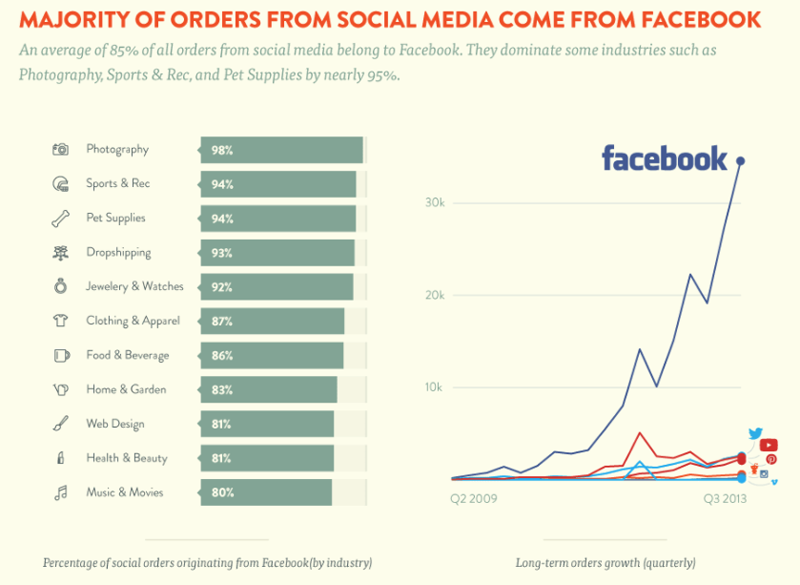
Pinterest, meanwhile, boasts the honour of having the highest average order value among all social media sites at an impressive $50. With buyable pins, users can make a purchase directly from within a Pin, and major retailers like Macy’s and Wayfair have found success with the platform.
Examples of social commerce campaigns
Social commerce makes a lot of sense for businesses, and this goes beyond simply increasing the conversation surrounding their products or brand. For example, retailers can make better choices about inventory and product development by letting customers vote on the items they would like to purchase. They can also expand their market and reach a new set of customers whose attention they might have never grabbed before, and customers’ experiences can be personalised based on buyers’ known preferences. In addition, encouraging peer reviews can be highly beneficial.
Here is a look at a few brands that have struck gold with social commerce.
ASOS Masters Multiple Approaches
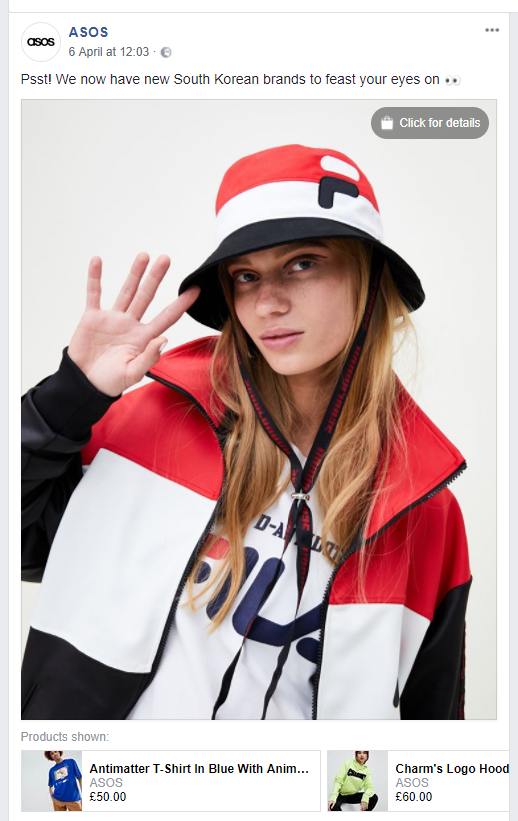
ASOS uses imagery to make its posts on Facebook stand out. By using bold photos with bright colors and layouts that draw in the eyes, they’ve found a way to take advantage of the fact that Facebook posts bearing images get more than double the engagement of posts that don’t have photos.
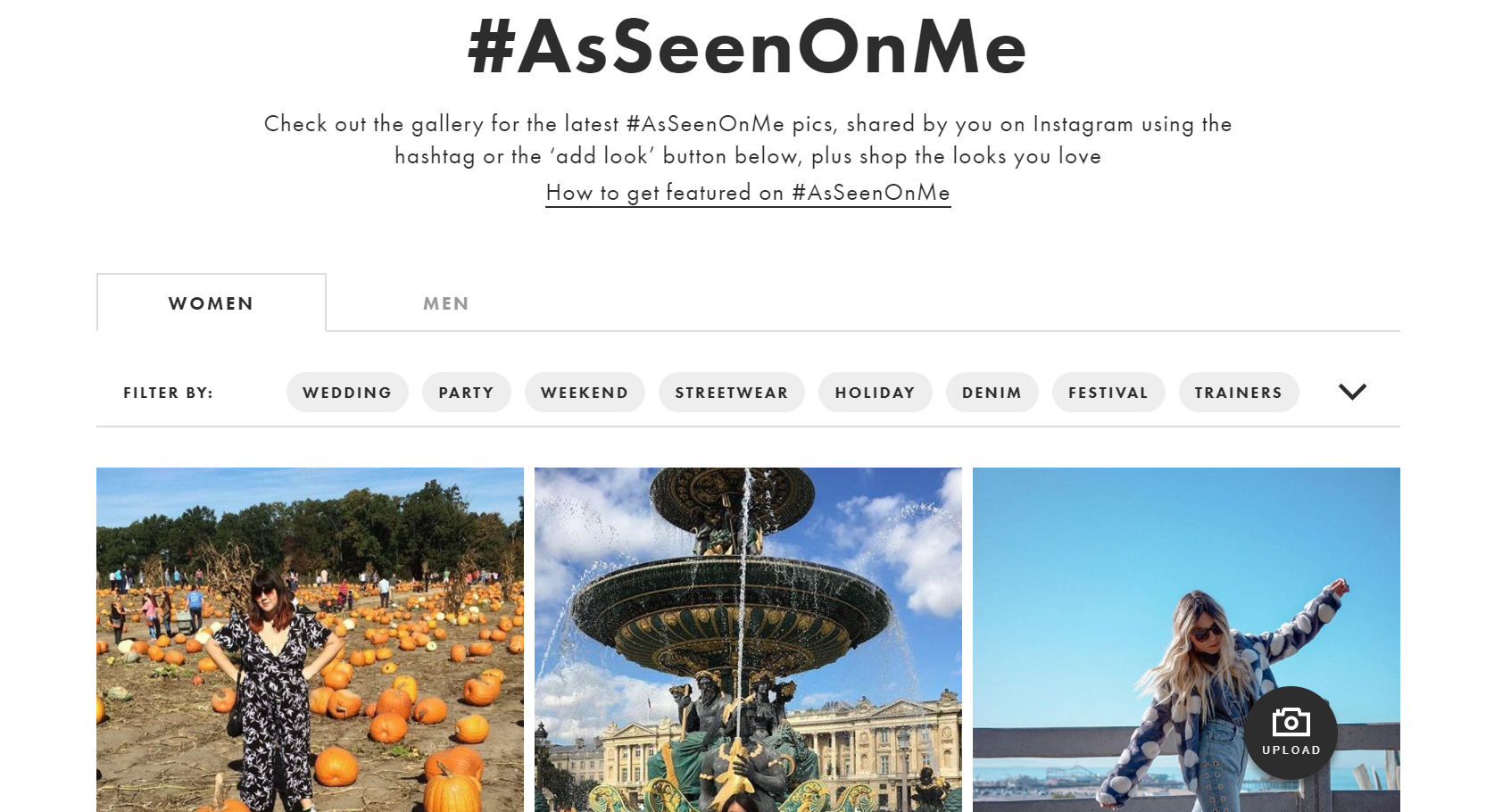
They also have a popular online channel, As Seen on Me. Users share photos of themselves wearing clothes from ASOS on social media sites like Instagram and Facebook using the hashtag of #asseenonme. The store then adds transactional links to the items featured and displays them alongside the photos on their channel.
Pink Lily Boutique Finds Instagram Success
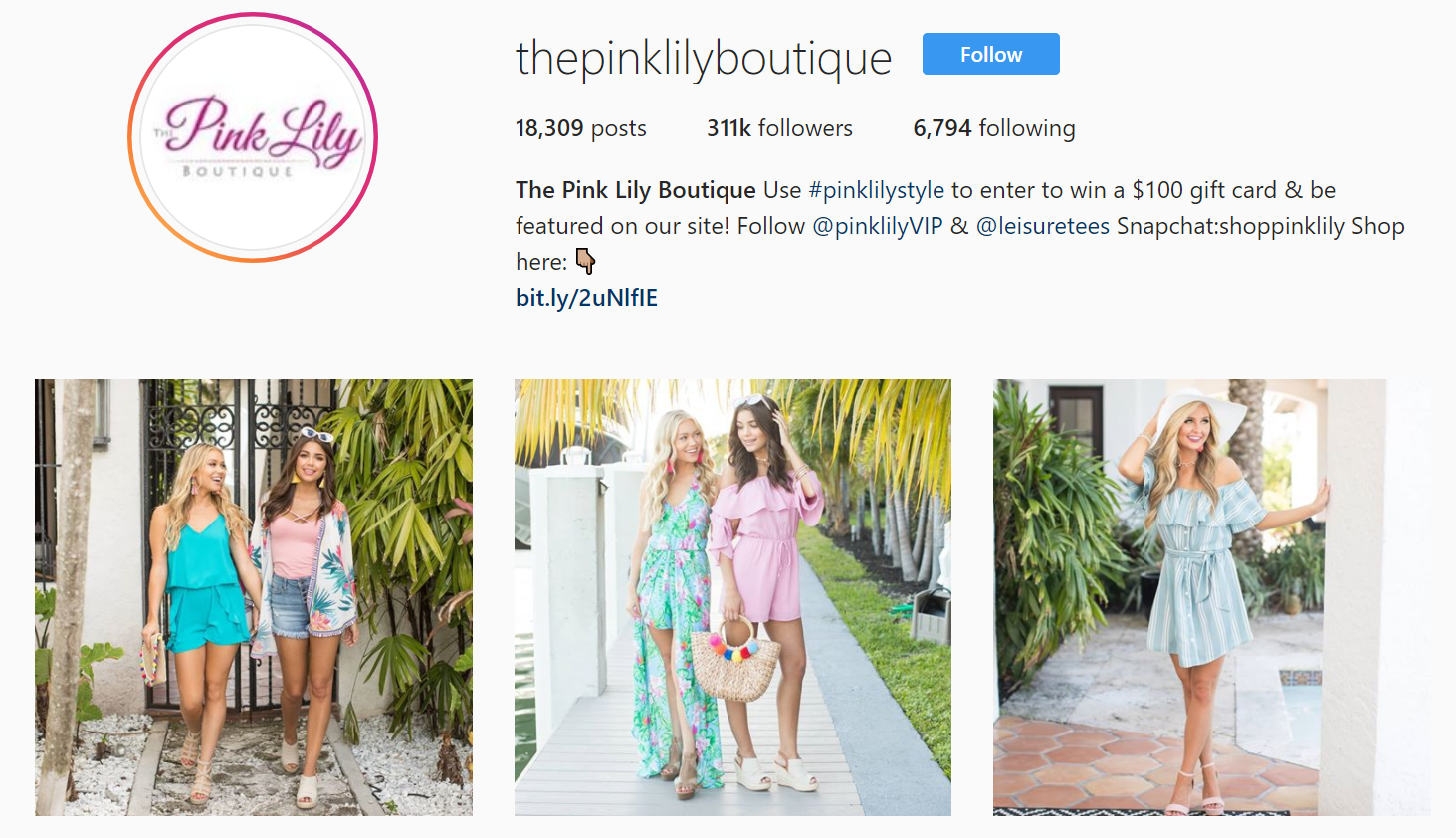
Another successful campaign example can be found at Pink Lily Boutique. This women’s fashion retailer has transformed a 250,000-person strong Instagram following into a million-dollar-a-month business. Their secret? First, they regularly seek feedback from followers, such as by asking which colours they’d like a certain dress to be offered in, enabling consumers to feel invested in the brand. They post up to ten times a day, giving people fresh content and more reasons to come back throughout the day.
They also hold photo contests where people share posts and tag friends to be entered to win free accessories and outfits. In addition, those who post photos of themselves wearing the store’s clothes with the tag #pinklilystyle will be featured on their brand channel’s front page. This approach has seen them drive more than 25,000 visitors per day via Instagram, and they now fulfil more than 600 orders a day.
Kate Spade’s Shoppable Videos

Kate Spade has mastered the social commerce concept of shoppable videos. They’ve created a series of self-contained episodes starring actress Anna Kendrick that follow her “misadventures”. In the videos, everything the actress wears is made by Kate Spade, and viewers can buy the items online easily while watching the video; shoppable links are displayed at the end of the episode along with an invitation for the viewers to buy the items featured through their simplified purchasing process.
MVMT Watches on Pinterest
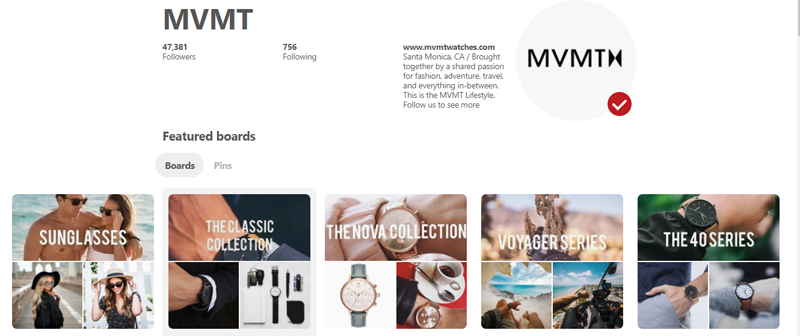
MVMT Watches harnessed the power of promoted pins on Pinterest to double their conversion rate and bring in the highest average value for orders they’ve gotten from any traffic source. Carefully chosen product images attract clicks, which lead customers directly to the checkout page for that product, allowing them to customize the watch and place it in their cart in mere seconds. A three-month campaign brought in a 12-fold Pinterest traffic increase and more than 11,000 sales for them.
When it comes to making buying products convenient and easy, it really doesn’t get any better than reaching customers directly where they spend their time online via social commerce.





